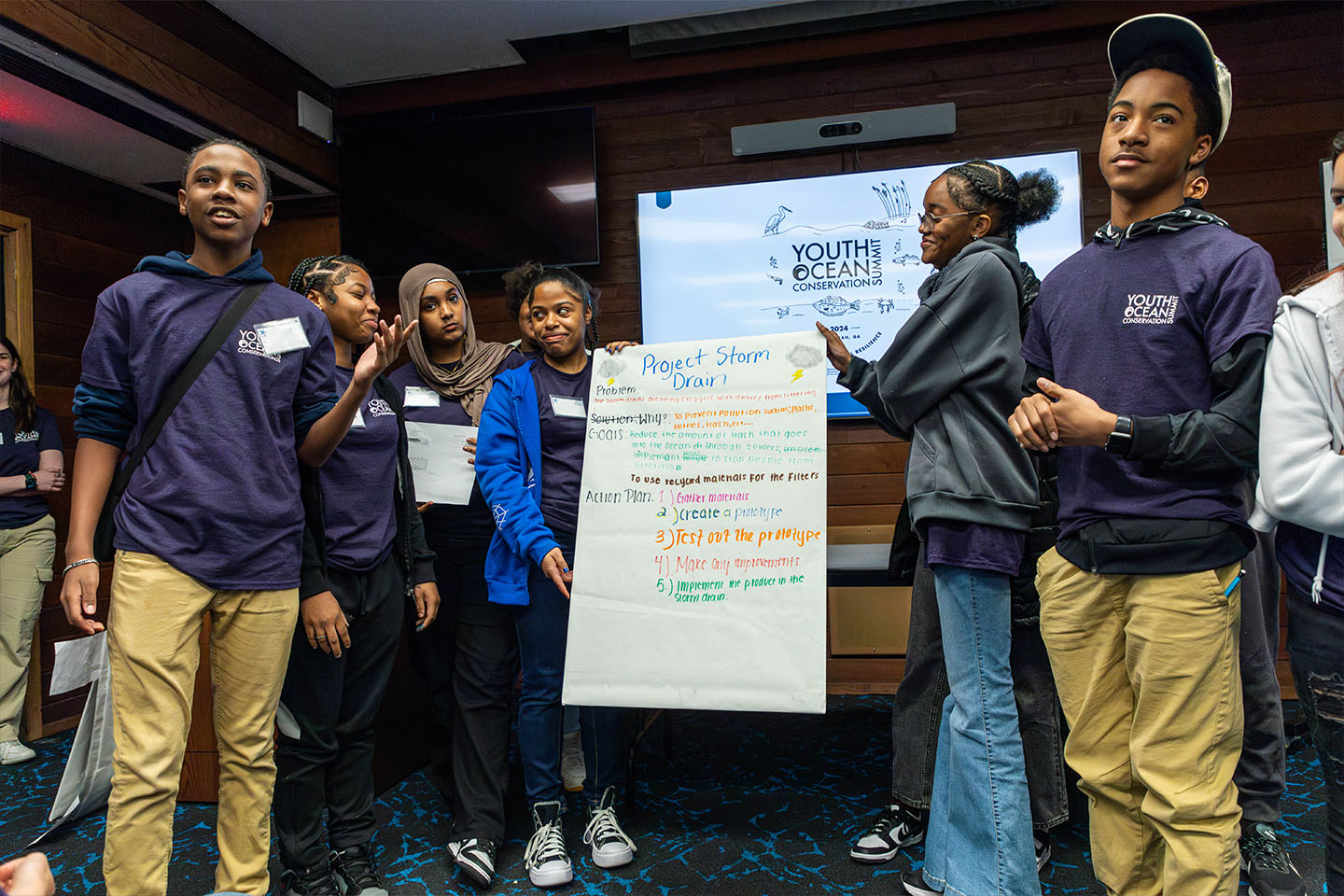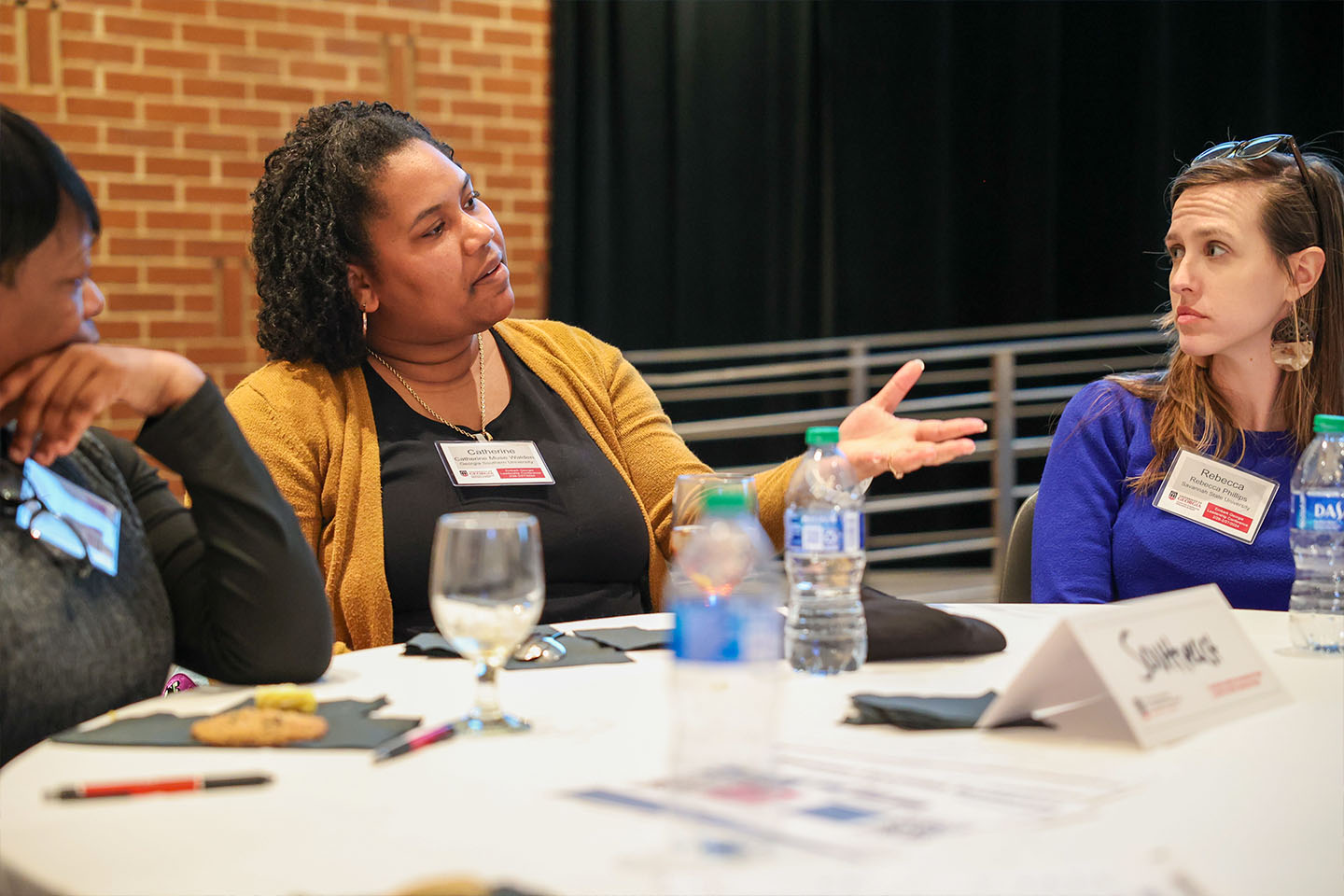When August rolled around and the trawling season started, Georgia shrimpers had every reason to be optimistic. Spring had been a good spawning season, Asian shrimp ponds had suffered a bad bought of illness and domestic production was looking good. But then the shrimp weren’t there.
Many of the shrimp they were catching were affected by black gill syndrome, a darkening of the gills caused when the shrimps’ immune systems respond to attacks by fungus or bacteria, too much copper or silt, or a lack of nutrients. This year, the culprit was a ciliate, a parasite that commonly causes diseases in captive crustaceans but has never been recorded before in wild populations.
“There’s very little work on this symptom, black gill, in wild shrimp populations,” said Marc Frischer, a professor at the University of Georgia’s Skidaway Institute of Oceanography. “It’s a well known condition associated with shrimp ponds and there it’s generally caused by a fungus, not a ciliate. So we were a bit surprised to find that it was a ciliate here.”
The Georgia Department of Natural Resources has been monitoring the presence of black gill syndrome since shrimpers first started reporting it in 1996, said Patrick Geer, chief of marine fisheries in the coastal resource division, and their research trawls span from Savannah to Cumberland Island. But there’s still not much known about it.
“It’s been observed in really all of the records that we have from the ‘90s, that this disease sort of appears — we start to see visible black gill, you can see it with the eye — usually some time in late August and it disappears by November, gone,” Frischer said.
He and his colleague Richard Lee have been awarded a Georgia Sea Grant of $140 thousand to begin developing assays to test for the ciliate’s presence even when the symptom of black gill is absent, in the hopes of further understanding the parasite’s life cycle and history.
Frischer said while they don’t expect to see money out of the grant until February, they have already started collecting information.
For shrimpers, black gill is just one more thing in a long stretch of difficult conditions.
“We’ve really had a rough go of it. Pretty much since the oil started getting so expensive,” said Richard Puterbaugh, president of the Georgia Shrimpers Association. “We used to pay 50 cents a gallon for diesel fuel. Now it’s over $3 a gallon and it’s just — it’s just impossible with those prices up.”
Puterbaugh said his guess was shrimpers lost 80 to 90 percent of their crop for August and September this year.
Geer said while there is a noticeable decline in the number of pounds of shrimp being caught per trip, it was important to remember when looking at the numbers that numbers are down overall, not just this year.
“Our landings are down over the long-term average because we have a lot less shrimp boats and they’re making a lot less trips,” he said. “So, even though in the last 20 years our landings have gone down about 40 percent, the number of trips have gone down 60 percent.”
Puterbaugh said the association was planning to file for disaster relief within the next two weeks. Geer said getting support would require the backing of the whole industry. DNR would write a report that would be passed through the chain of command in Georgia all the way to the governor, who would then submit the request from his office to the federal Department of Commerce. The National Oceanic and Atmospheric Administration would review the request, and upon approval shrimpers would become eligible for funding. Which Geer said does not necessarily mean they will get it.
“It’s a very long, tedious process,” he said. “It’s not the kind of thing where you just call the government and ask for assistance.”
Frischer said he hopes to further involve shrimpers in data collection in the future. They were the ones who first drew attention to the presence of black gill.
“They know their industry, they know their waters,” he said. “They observe it much more carefully than say the DNR does because it’s their livelihood and their life. So they have tremendous insights and observations that are really useful in thinking about it.”
Frischer said he would like to have their participation in some semi-qualitative work which would involve shrimpers calling in estimates of what percentage of their catch is affected by black gill.
“I think if we do that and get enough participation, we’ll have a much better broader view of where the disease is and when it is and where it’s not,” he said. “That kind of data we can’t collect any other way.”
No one said they were particularly worried about shrimp numbers for next year. Geer said shrimp were hard to predict because their spawn recruit relationship, or the number of spawners needed to produce a certain number of offspring, is unknown.
“The problem with things like shrimp is they produce millions and millions of eggs, most of them don’t survive but we can’t find that spawn recruit relationship,” he said. “It’s got to exist. If there’s no spawners you won’t have any recruits, recruits are the young that come back. So if you don’t have any spawners you won’t have any recruits. But we really have a difficult time finding that relationship.”
Puterbaugh, Frischer and Geer all independently emphasized that shrimp with black gill are safe for human consumption and in no way affect the quality of the meat. The gills are removed along with the rest of the shell for human use.
“This disease has absolutely no impact on humans,” Frischer said. “You can eat shrimp that has black gill, it won’t cause any harm and it doesn’t affect the taste at all.”



